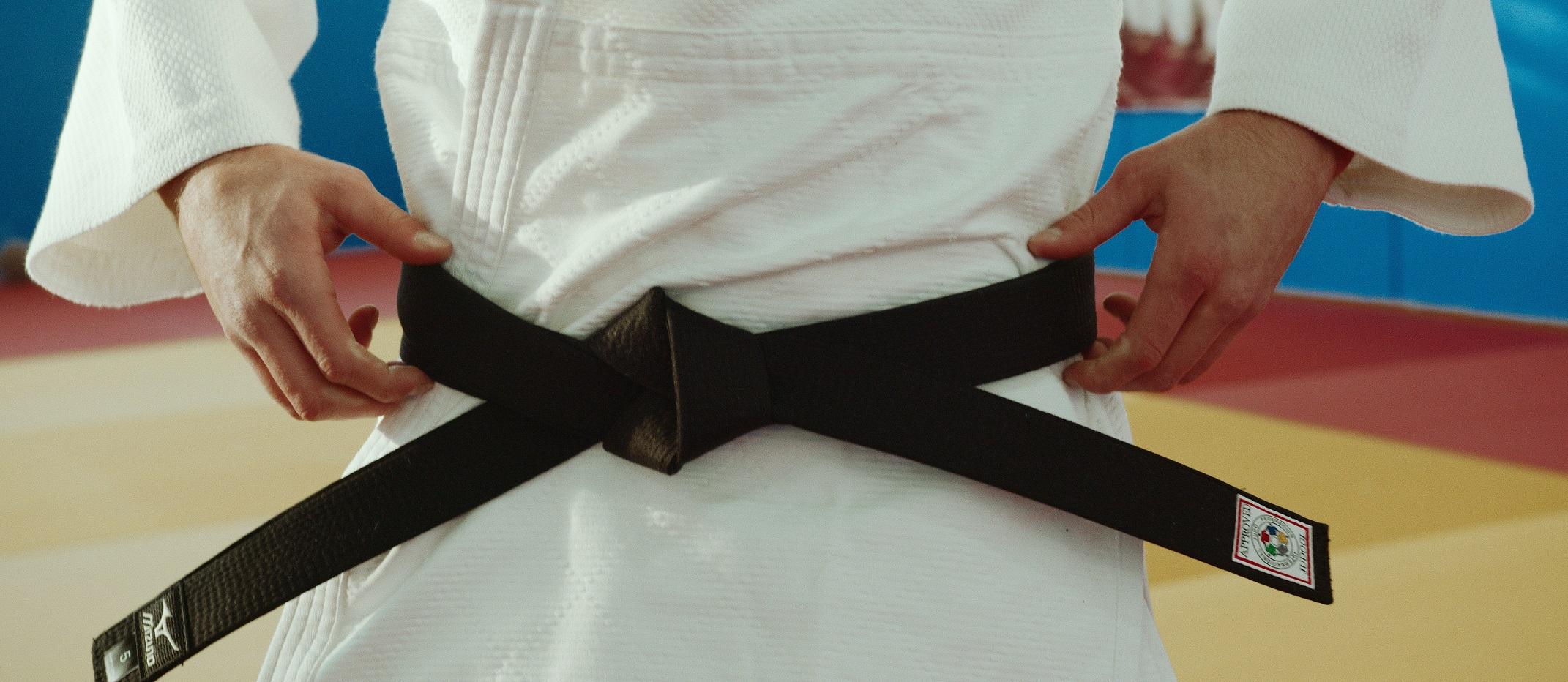- Home
- »Articles
- »Martial Arts
- »Karate
- »What Karate Belts can my Child get?



What Karate Belts can my Child get?
13 January 2023
You might be interested to learn that there isn’t just one type of karate. In fact, there are over 75 styles of karate practised around the world. And, just to make things as clear as mud, each follows its own belt and grading system. There are, however, some common features that can be found in them all.
Kyus
The first set of belts that children will work towards are known as “kyus”. “Kyu” is Japanese for “class” (as in “category”). When a child begins in a dojo, they will be given a white belt. This is the 10th kyu. They will then work towards the 9th kyu, the 8th, the 7th, and so on, until they reach the 1st kyu, which is represented with a black belt.
The order of colours differs between styles of karate, of which there are four main ones: Wado-Ryu, Shotokan, Shito-ryu, and Goju-Ryu. The ten kyus are always symbolised by combinations of the colours white, red, yellow, orange, green, blue, purple, brown and black. The colours often differ in order from style to style, and sometimes from club to club.
Gradings
To reach a new kyu, the student is given a set of drills consisting of basic blocks, punches and kicks, as single moves and as combinations. These are known as gradings. As children get closer to their 1st kyu (black belt), the moves and combinations get more complicated, and they might also be required to demonstrate kumite (sparring with a partner).
Learners grade when their sensei decides they’re ready. There is no fast-track to becoming a black belt. A sensei will watch their students over time to decide if and when they can grade. Because of this, there is a natural length of time between belts.
To help children stay engaged, some karate clubs have introduced mini-steps between grading. A child might, for example, be given a chance to grade for a red belt with one white stripe before achieving the full red belt. These are sometimes known as “tags”: if a child has just achieved a green belt, for example, and it will be at least another year before they are ready for blue, they might be given the chance to earn a green belt with a blue tag after a few months. Likewise, the leap from brown to black belt will probably take years, so children can work up to it by earning a brown belt with one black stripe and then a brown belt with two black stripes. These procedures differ from club to club.
Dans
Once a student reaches a black belt (1st kyu) they then progress onto the dan system. “Dan” means “step” or “stage” and is generally considered a ranking system for those studying the art in detail. It is very unlikely for a child under the age of 15 to achieve a black belt. The Dan system, therefore, is generally a system for those either competing or studying karate more closely.
